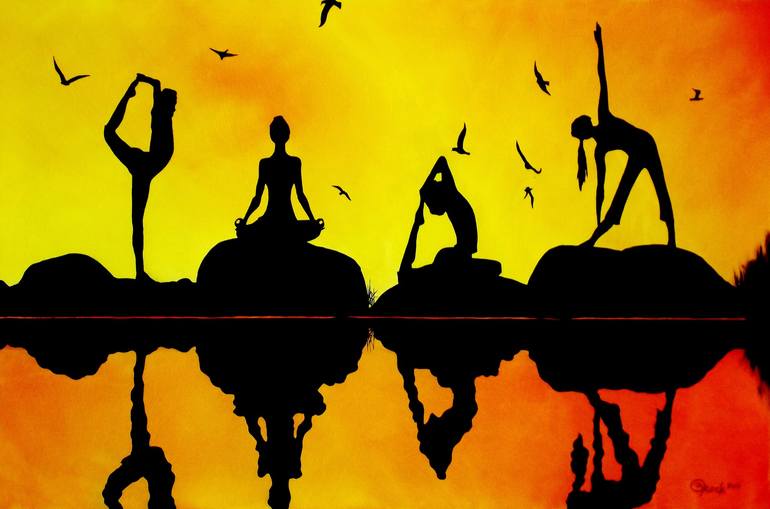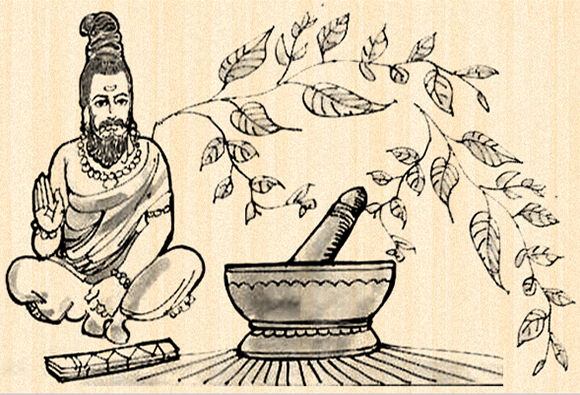
Hinduism Part 1: Introduction
By Brian K. Smith Vasudha Narayanan J.A.B. van Buitenen Ann G. Gold Arthur Llewellyn Basham Edward C. Dimock for Encyclopaedia Brittanca
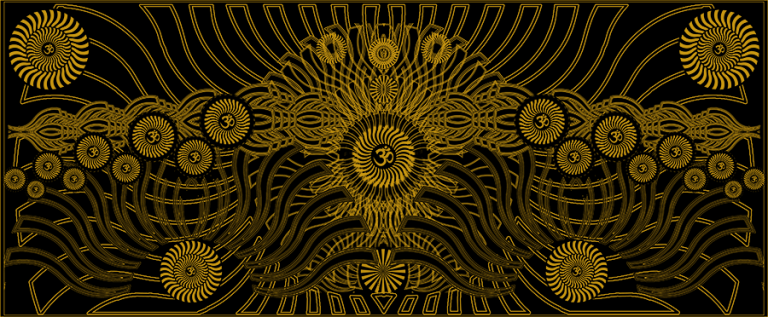
Hinduism, major world religion originating on the Indian subcontinent and comprising several and varied systems of philosophy, belief, and ritual. Although the name Hinduism is relatively new, having been coined by British writers in the first decades of the 19th century, it refers to a rich cumulative tradition of texts and practices, some of which date to the 2nd millennium BCE or possibly earlier. If the Indus valley civilization (3rd–2nd millennium BCE) was the earliest source of these traditions, as some scholars hold, then Hinduism is the oldest living religion on Earth. Its many sacred texts in Sanskrit and vernacular languages served as a vehicle for spreading the religion to other parts of the world, though ritual and the visual and performing arts also played a significant role in its transmission. From about the 4th century CE, Hinduism had a dominant presence in Southeast Asia, one that would last for more than 1,000 years.
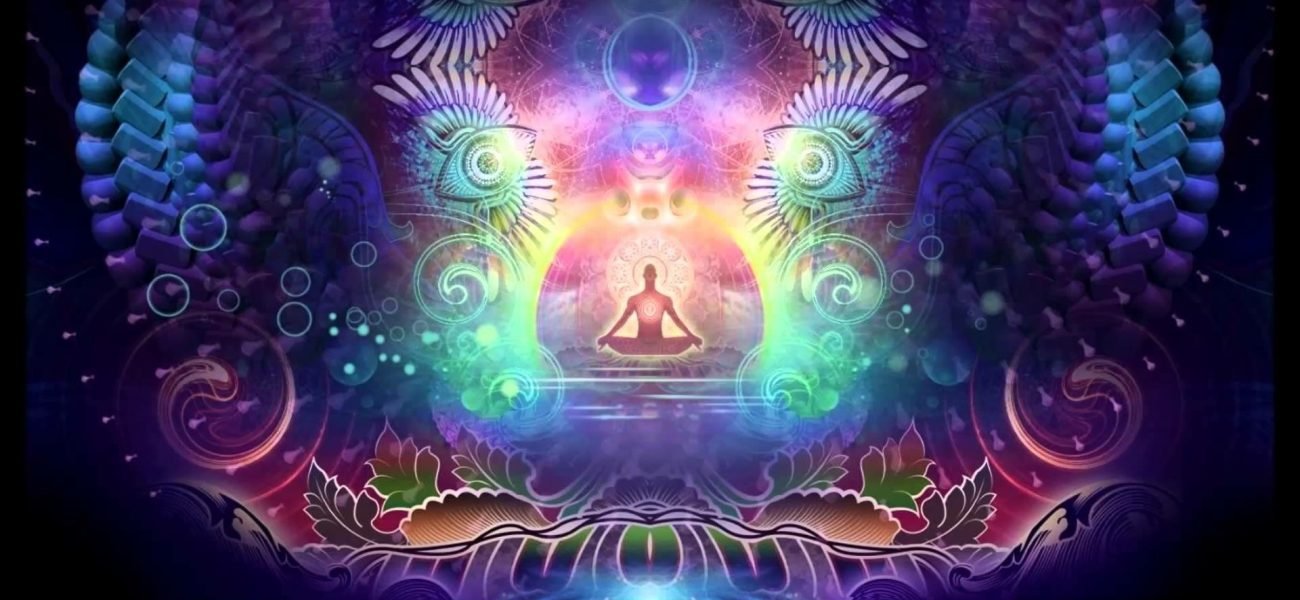
The term Hinduism
The term Hinduism became familiar as a designator of religious ideas and practices distinctive to India with the publication of books such as Hinduism (1877) by Sir Monier Monier-Williams, the notable Oxford scholar and author of an influential Sanskrit dictionary. Initially it was an outsiders’ term, building on centuries-old usages of the word Hindu. Early travelers to the Indus valley, beginning with the Greeks and Persians, spoke of its inhabitants as “Hindu” (Greek: ‘indoi), and, in the 16th century, residents of India themselves began very slowly to employ the term to distinguish themselves from the Turks. Gradually the distinction became primarily religious rather than ethnic, geographic, or cultural.
Since the late 19th century, Hindus have reacted to the term Hinduism in several ways. Some have rejected it in favour of indigenous formulations. Others have preferred “Vedic religion,” using the term Vedic to refer not only to the ancient religious texts known as the Vedas but also to a fluid corpus of sacred works in multiple languages and an orthoprax (traditionally sanctioned) way of life. Still others have chosen to call the religion sanatana dharma (“eternal law”), a formulation made popular in the 19th century and emphasizing the timeless elements of the tradition that are perceived to transcend local interpretations and practice. Finally, others, perhaps the majority, have simply accepted the term Hinduism or its analogues, especially hindu dharma (Hindu moral and religious law), in various Indic languages.
Since the early 20th century, textbooks on Hinduism have been written by Hindus themselves, often under the rubric of sanatana dharma. These efforts at self-explanation add a new layer to an elaborate tradition of explaining practice and doctrine that dates to the 1st millennium BCE. The roots of Hinduism can be traced back much farther—both textually, to the schools of commentary and debate preserved in epic and Vedic writings from the 2nd millennium BCE, and visually, through artistic representations of yakshas (luminous spirits associated with specific locales and natural phenomena) and nagas (cobralike divinities), which were worshipped from about 400 BCE. The roots of the tradition are also sometimes traced back to the female terra-cotta figurines found ubiquitously in excavations of sites associated with the Indus valley civilization and sometimes interpreted as goddesses.
General nature of Hinduism
 More strikingly than any other major religious community, Hindus accept—and indeed celebrate—the organic, multileveled, and sometimes pluralistic nature of their traditions. This expansiveness is made possible by the widely shared Hindu view that truth or reality cannot be encapsulated in any creedal formulation, a perspective expressed in the Hindu prayer “May good thoughts come to us from all sides.” Thus, Hinduism maintains that truth must be sought in multiple sources, not dogmatically proclaimed.
More strikingly than any other major religious community, Hindus accept—and indeed celebrate—the organic, multileveled, and sometimes pluralistic nature of their traditions. This expansiveness is made possible by the widely shared Hindu view that truth or reality cannot be encapsulated in any creedal formulation, a perspective expressed in the Hindu prayer “May good thoughts come to us from all sides.” Thus, Hinduism maintains that truth must be sought in multiple sources, not dogmatically proclaimed.
Anyone’s view of the truth—even that of a guru regarded as possessing superior authority—is fundamentally conditioned by the specifics of time, age, gender, state of consciousness, social and geographic location, and stage of attainment. These multiple perspectives enhance a broad view of religious truth rather than diminish it; hence, there is a strong tendency for contemporary Hindus to affirm that tolerance is the foremost religious virtue. On the other hand, even cosmopolitan Hindus living in a global environment recognize and value the fact that their religion has developed in the specific context of the Indian subcontinent. Such a tension between universalist and particularist impulses has long animated the Hindu tradition. When Hindus speak of their religious identity as sanatana dharma, they emphasize its continuous, seemingly eternal (sanatana) existence and the fact that it describes a web of customs, obligations, traditions, and ideals (dharma) that far exceeds the Western tendency to think of religion primarily as a system of beliefs. A common way in which English-speaking Hindus often distance themselves from that frame of mind is to insist that Hinduism is not a religion but a way of life.
The five tensile strands
Across the sweep of Indian religious history, at least five elements have given shape to the Hindu religious tradition: doctrine, practice, society, story, and devotion. These five elements, to adopt a typical Hindu metaphor, are understood as relating to one another as strands in an elaborate braid. Moreover, each strand develops out of a history of conversation, elaboration, and challenge. Hence, in looking for what makes the tradition cohere, it is sometimes better to locate central points of tension than to expect clear agreements on Hindu thought and practice.
Doctrine
The first of the five strands of Hinduism is doctrine, as expressed in a vast textual tradition anchored to the Veda (“Knowledge”), the oldest core of Hindu religious utterance, and organized through the centuries primarily by members of the learned Brahman class. Here several characteristic tensions appear. One concerns the relationship between the divine and the world. Another tension concerns the disparity between the world-preserving ideal of dharma and that of moksha (release from an inherently flawed world). A third tension exists between individual destiny, as shaped by karma (the influence of one’s actions on one’s present and future lives), and the individual’s deep bonds to family, society, and the divinities associated with these concepts.
Practice
 The second strand in the fabric of Hinduism is practice. Many Hindus, in fact, would place this first. Despite India’s enormous diversity, a common grammar of ritual behaviour connects various places, strata, and periods of Hindu life. While it is true that various elements of Vedic ritual survive in modern practice and thereby serve a unifying function, much more influential commonalities appear in the worship of icons or images (pratima, murti, or archa). Broadly, this is called puja (“honouring [the deity]”); if performed in a temple by a priest, it is called archana. It echoes conventions of hospitality that might be performed for an honoured guest, especially the giving and sharing of food. Such food is called prasada (Hindi, prasad meaning “grace”), reflecting the recognition that when human beings make offerings to deities, the initiative is not really theirs. They are actually responding to the generosity that bore them into a world fecund with life and possibility. The divine personality installed as a home or temple image receives prasada, tasting it (Hindus differ as to whether this is a real or symbolic act, gross or subtle) and offering the remains to worshipers. Some Hindus also believe that prasada is infused with the grace of the deity to whom it is offered. Consuming these leftovers, worshipers accept their status as beings inferior to and dependent upon the divine. An element of tension arises because the logic of puja and prasada seems to accord all humans an equal status with respect to God, yet exclusionary rules have sometimes been sanctified rather than challenged by prasada-based ritual.
The second strand in the fabric of Hinduism is practice. Many Hindus, in fact, would place this first. Despite India’s enormous diversity, a common grammar of ritual behaviour connects various places, strata, and periods of Hindu life. While it is true that various elements of Vedic ritual survive in modern practice and thereby serve a unifying function, much more influential commonalities appear in the worship of icons or images (pratima, murti, or archa). Broadly, this is called puja (“honouring [the deity]”); if performed in a temple by a priest, it is called archana. It echoes conventions of hospitality that might be performed for an honoured guest, especially the giving and sharing of food. Such food is called prasada (Hindi, prasad meaning “grace”), reflecting the recognition that when human beings make offerings to deities, the initiative is not really theirs. They are actually responding to the generosity that bore them into a world fecund with life and possibility. The divine personality installed as a home or temple image receives prasada, tasting it (Hindus differ as to whether this is a real or symbolic act, gross or subtle) and offering the remains to worshipers. Some Hindus also believe that prasada is infused with the grace of the deity to whom it is offered. Consuming these leftovers, worshipers accept their status as beings inferior to and dependent upon the divine. An element of tension arises because the logic of puja and prasada seems to accord all humans an equal status with respect to God, yet exclusionary rules have sometimes been sanctified rather than challenged by prasada-based ritual.
Society
The third strand that has served to organize Hindu life is society. Early visitors to India from Greece and China and, later, others such as the Persian scholar and scientist al-Bīrūnī, who traveled to India in the early 11th century, were struck by the highly stratified (if locally variant) social structure that has come to be called familiarly the caste system. While it is true that there is a vast disparity between the ancient vision of society as divided into four ideal classes (varnas) and the contemporary reality of thousands of endogamous birth-groups (jatis, literally “births”), few would deny that Indian society is notably plural and hierarchical. This fact has much to do with an understanding of truth or reality as being similarly plural and multilayered—though it is not clear whether the influence has proceeded chiefly from religious doctrine to society or vice versa. Seeking its own answer to this conundrum, a well-known Vedic hymn (Rigveda 10.90) describes how, at the beginning of time, the primordial person Purusha underwent a process of sacrifice that produced a four-part cosmos and its human counterpart, a four-part social order comprising Brahmans (priests), Kshatriyas (warriors and nobles), Vaishyas (commoners), and Shudras (servants).
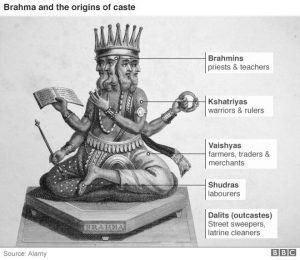 The social domain, like the realms of religious practice and doctrine, is marked by a characteristic tension. There is the view that each person or group approaches truth in a way that is necessarily distinct, reflecting its own perspective. Only by allowing each to speak and act in such terms can a society constitute itself as a proper representation of truth or reality. Yet this context-sensitive habit of thought can too easily be used to legitimate social systems based on privilege and prejudice. If it is believed that no standards apply universally, one group can too easily justify its dominance over another. Historically, therefore, certain Hindus, while espousing tolerance at the level of doctrine, have maintained caste distinctions in the social realm.
The social domain, like the realms of religious practice and doctrine, is marked by a characteristic tension. There is the view that each person or group approaches truth in a way that is necessarily distinct, reflecting its own perspective. Only by allowing each to speak and act in such terms can a society constitute itself as a proper representation of truth or reality. Yet this context-sensitive habit of thought can too easily be used to legitimate social systems based on privilege and prejudice. If it is believed that no standards apply universally, one group can too easily justify its dominance over another. Historically, therefore, certain Hindus, while espousing tolerance at the level of doctrine, have maintained caste distinctions in the social realm.
Story
Another dimension drawing Hindus into a single community of discourse is narrative. For at least two millennia, people in almost all corners of India—and now well beyond—have responded to stories of divine play and of interactions between gods and humans. These stories concern major figures in the Hindu pantheon: Krishna and his lover Radha, Rama and his wife Sita and brother Lakshmana, Shiva and his consort Parvati (or, in a different birth, Sati), and the Great Goddess Durga, or Devi, as a slayer of the buffalo demon Mahisasura. Often such narratives illustrate the interpenetration of the divine and human spheres, with deities such as Krishna and Rama entering entirely into the human drama. Many tales focus in different degrees on genealogies of human experience, forms of love, and the struggle between order and chaos or between duty and play. In generating, performing, and listening to these stories, Hindus have often experienced themselves as members of a single imagined family. Yet, simultaneously, these narratives serve to articulate tensions connected with righteous behaviour and social inequities. Thus, the Ramayana, traditionally a testament of Rama’s righteous victories, is sometimes told by women performers as the story of Sita’s travails at Rama’s hands. In north India lower-caste musicians present religious epics such as Alha or Dhola in terms that reflect their own experience of the world rather than the upper-caste milieu of the great Sanskrit religious epic the Mahabharata, which these epics nonetheless echo. To the broadly known, pan-Hindu, male-centred narrative traditions, these variants provide both resonance and challenge.
Devotion
 There is a fifth strand that contributes to the unity of Hindu experience through time: bhakti (“sharing” or “devotion”), a broad tradition of a loving God that is especially associated with the lives and words of vernacular poet-saints throughout India. Devotional poems attributed to these inspired figures, who represent both genders and all social classes, have elaborated a store of images and moods to which access can be had in a score of languages. Bhakti verse first appeared in Tamil in south India and moved northward into other regions with different languages. Individual poems are sometimes strikingly similar from one language or century to another, without there being any trace of mediation through the pan-Indian, distinctly upper-caste language Sanskrit. Often, individual motifs in the lives of bhakti poet-saints also bear strong family resemblances. With its central affirmation that religious faith is more fundamental than rigidities of practice or doctrine, bhakti provides a common challenge to other aspects of Hindu life. At the same time, it contributes to a common Hindu heritage—even a common heritage of protest. Yet certain expressions of bhakti are far more confrontational than others in their criticism of caste, image worship, and the performance of vows, pilgrimages, and acts of self-mortification.
There is a fifth strand that contributes to the unity of Hindu experience through time: bhakti (“sharing” or “devotion”), a broad tradition of a loving God that is especially associated with the lives and words of vernacular poet-saints throughout India. Devotional poems attributed to these inspired figures, who represent both genders and all social classes, have elaborated a store of images and moods to which access can be had in a score of languages. Bhakti verse first appeared in Tamil in south India and moved northward into other regions with different languages. Individual poems are sometimes strikingly similar from one language or century to another, without there being any trace of mediation through the pan-Indian, distinctly upper-caste language Sanskrit. Often, individual motifs in the lives of bhakti poet-saints also bear strong family resemblances. With its central affirmation that religious faith is more fundamental than rigidities of practice or doctrine, bhakti provides a common challenge to other aspects of Hindu life. At the same time, it contributes to a common Hindu heritage—even a common heritage of protest. Yet certain expressions of bhakti are far more confrontational than others in their criticism of caste, image worship, and the performance of vows, pilgrimages, and acts of self-mortification.
Features
Copyright © 2018 SEAN-O-VISTA

Powered with 

